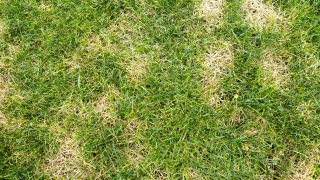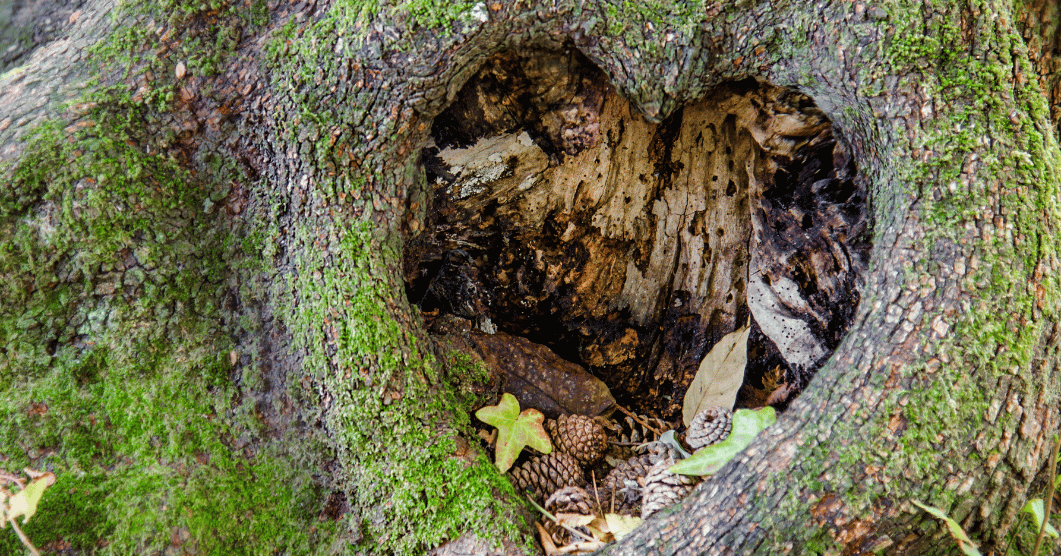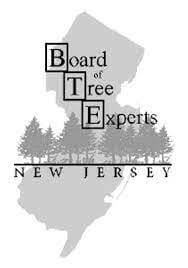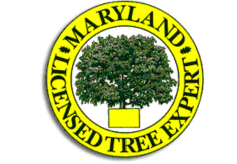Dollar spot fungus is one of the most common turf diseases. It can damage lawns in a short time if not treated. Many homeowners mistake it for drought stress or poor soil health, but it is a fungus that needs specific care.
Identification of Dollar Spot Fungus
Dollar spot fungus creates small round patches in turf. These spots are usually the size of a silver dollar. That is how the disease got its name. At first, you may see light brown or straw colored circles in the grass.
The fungus thrives in certain grass species. Creeping bentgrass, Kentucky bluegrass, perennial ryegrass, and zoysia grass are often affected. The patches may merge together and form large irregular areas of discolored turf.
Look closely at the blades. Infected grass has lesions with reddish brown edges and sunken centers. The spots can appear dry but are caused by fungi such as Clarireedia jacksonii and Sclerotinia homoeocarpa. These pathogens spread quickly under warm days, cool nights, and moist mornings.
Lawn Maintenance for Health
Healthy turf is the best defense against dollar spot fungus. Lawns that are weak from poor nutrition or bad practices get sick more often. Fertilization is key. Use balanced nutrients and avoid long gaps between feedings.
Mowing is another factor. Set your mower to the recommended height for your turfgrass species. Scalping or mowing too low creates stress and makes disease worse. Keep blades sharp to avoid tearing the grass.
Irrigation also matters. Water deeply but less often. Early morning watering is best. Avoid watering at night because it leaves grass damp for too long. Removing excess debris and thatch reduces organic matter where fungi live.
Prevention Strategies for Dollar Spot Fungus
Prevention begins with good cultural practices. Keep nitrogen levels steady. Avoid both extremes. Too much nitrogen encourages fast, weak growth. Too little leaves grass starved and more open to disease. A slow release nitrogen source is a safe choice.
Monitor for early signs of dollar spot fungus during warm and humid weather. If you see patches, act quickly. Adjust mowing, improve air flow, and make sure the irrigation system works correctly. Morning dew can also feed the fungus. Dragging a hose across the lawn or using a dew removal tool can help.
Proactive lawn care saves time and money. Call a lawn care specialist for regular monitoring and professional treatments if needed.
Treatment Options for Dollar Spot Fungus
When dollar spot fungus sets in, treatment may be required. Fungicides are a common tool.
Chlorothalonil is often used for prevention. DMI fungicides, benzimidazole fungicides, and dithiocarbamate fungicides can help control outbreaks. The best fungicide depends on turf type and the severity of the infection.
Always follow label directions. Rotate fungicides to prevent resistance in the fungus. Repeat applications may be needed for full control.
Chemical treatment works best when combined with cultural control practices. Fertilize properly, mow at the right height, and manage irrigation. This integrated approach keeps the lawn stronger and less dependent on chemicals.
Extra Insight on Pathogens and Fungicides
Dollar spot pathogens such as Clarireedia jacksonii can cause serious damage to many turf types if they are not managed. Homeowners often ask about the best fungicide, but the right choice depends on the type of grass and how advanced the infection is.
DMI fungicides can be good, especially when rotated with other products, but they work best alongside sound lawn care. Steady fertilization, mowing at the proper height, and removing thatch or other organic matter create conditions that make it harder for the disease to spread and help treatments last longer.
Frequently Asked Questions about Dollar Spot Fungus
Can a lawn recover from dollar spot fungus?
Yes. With proper treatment and care, most lawns recover. Grass will regrow in the infected areas once the fungus is controlled.
What is the best fungicide for dollar spot fungus?
There is no single best fungicide. Options include DMI fungicides, benzimidazoles, and chlorothalonil. A lawn care professional can recommend the best product for your grass species.
Is dollar spot fungus harmful to people or pets?
No. The fungus only affects turf. It does not pose a direct risk to people or pets. The main concern is lawn appearance and turf health.
How long does it take to control dollar spot fungus?
Mild cases can improve in a week or two with proper care. Severe infections may need several weeks and multiple treatments.
Does organic matter in soil affect dollar spot fungus?
Yes. Excess thatch and organic debris create a favorable environment for pathogens. Removing debris and improving soil structure help reduce outbreaks.
Why Choose Professional Lawn Care
While homeowners can take steps on their own, dollar spot fungus can be persistent. A professional lawn care provider can identify the exact problem, choose the right fungicide, and time the treatments for the best results.
At Strobert Tree Services, our certified arborists understand turf diseases. We combine pruning, removal, and plant health care to keep trees and lawns thriving. We also offer tree health assessments to spot problems before they spread.
Conclusion
Dollar spot fungus is a turf disease that can weaken even well kept lawns. It shows up as small coin shaped patches that spread quickly under warm and damp conditions. With proper identification, prevention, and treatment, lawns can recover.
Fertilization, mowing, irrigation, and debris removal all play a role in prevention. Fungicides may be needed in severe cases, but cultural practices remain the strongest long term defense.
If you suspect dollar spot fungus in your lawn, contact Strobert Tree Services. Our certified arborists can guide you through proper care and provide treatments that protect your landscape.











